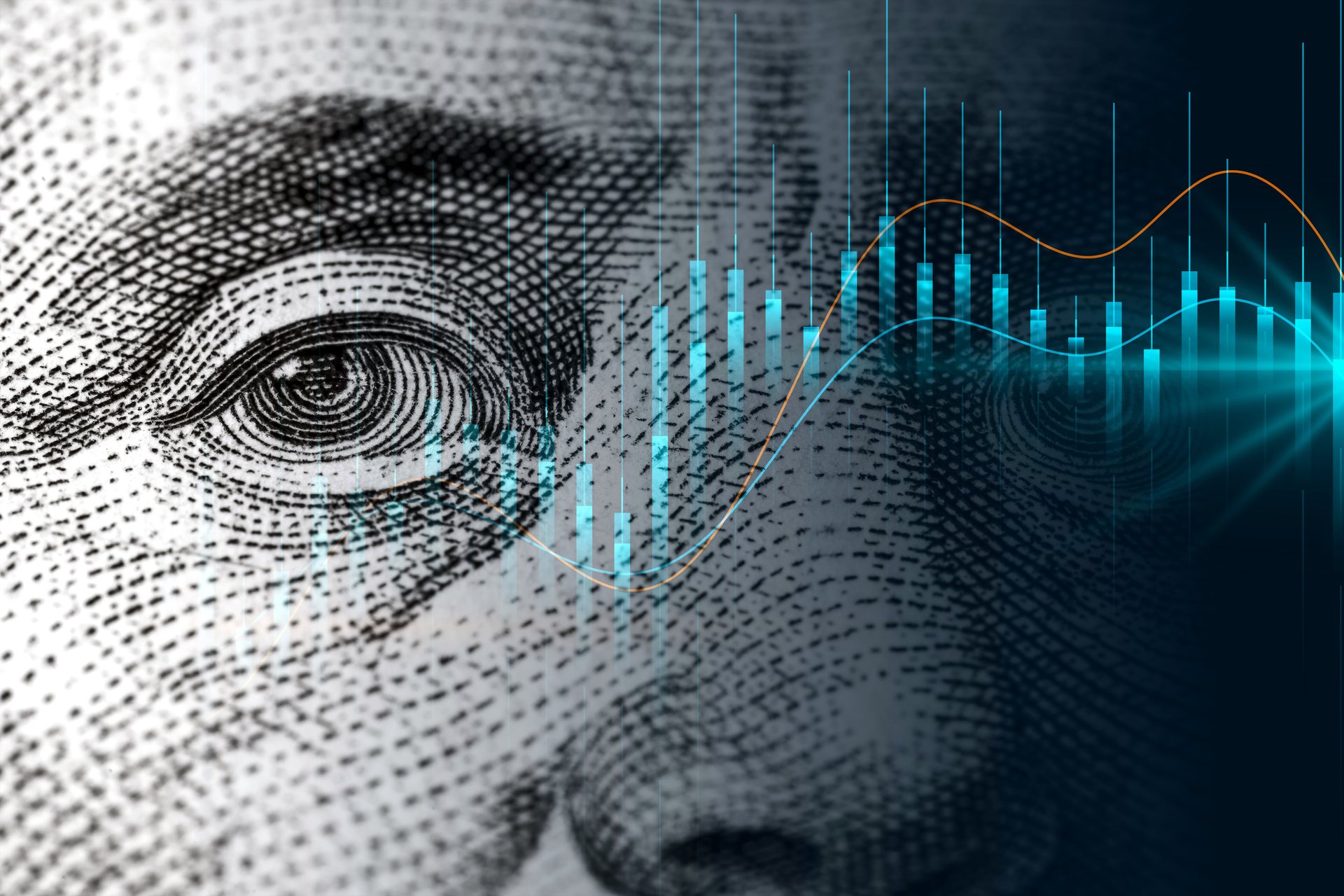The U.S. economy under Donald Trump and Joe Biden, in 3 charts
The COVID-19 pandemic cratered the economy during the final year of Trump's presidency and inflation soared under Biden

The U.S. economy remains a heated topic in presidential debates and a top concern for American voters. Eight in ten registered voters say it will be crucial to their vote in the 2024 presidential elections.
Suggested Reading
Under a new presidential term, unforeseen events have spillover effects and can undermine the most well-planned strategies, making identifying the exact cause and effect difficult. Barack Obama inherited an economy during the Great Recession while Donald Trump’s last year in office was disrupted by a pandemic, which spilled over to Biden’s term.
Related Content
While presidents have little control over the economy they inherit, they can significantly influence policies around trade, immigration, and distributing the budget — keys to a thriving economy.
It is important to note that, unlike the stock market, the economic numbers are lagging indicators, making direct comparisons between presidencies more complex.
Inflation
Donald Trump’s (2017-2021) presidency saw an average year-over-year inflation rate of 1.9%. The consumer-price index (CPI) rose 7.8% cumulatively during his term. Trump’s presidency saw continued low inflation until the COVID-19 pandemic hit in 2020.
Inflation surged under Biden, but largely due to inherited factors. It rose from 1.4% in January 2021 and peaked at 9% in June 2022, after which it declined to 2.4% in September 2024.
To bolster the economy, the Fed lowered its benchmark rate by 50 basis points for the first time since March 2020. At the press conference, Fed Chair Jerome Powell said, “Our patient approach has paid dividends — inflation is much closer to our target” of a 2% annual rate. The upside risks to inflation have diminished and the upside risks to employment have increased.”
Jobs
The unemployment rate during both the Trump and Biden administrations started above 4%. The jobless rate when Trump became President was 4.7% and before the pandemic touched 3.5%. However, during the pandemic, the rate peaked at 14.8% due to the Covid lockdown measures. The unemployment rate was 6.4% in January 2021.
When President Biden took office, unemployment continued to fall and in January 2023, it fell to 3.4% — the lowest in more than 70 years. In July 2024, the unemployment rate rose to 4.3% before falling to 4.1% in September.
Economic growth
The growth comparisons are skewed due to the pandemic, which led to a dramatic economic collapse as many businesses shut down. While the event weighed on the GDP numbers under the Trump administration, in Biden’s term, the pandemic recovery boosted these figures.
Between January 2017 and January 2021, the average annual growth rate was 2.3%, which included the economic slowdown and recovery from the Covid pandemic. On January 31, 2020, the Trump administration declared a state of emergency and passed stimulus measures which included the $2 trillion Coronavirus Aid, Relief, and Economic Security (CARES) Act to provide relief to individuals and businesses. Trump’s presidency saw a brief but severe recession. However, the economy showed recovery under Trump, a trend that continued under the Biden administration. The U.S. has shown the strongest recovery within the G7.
In the second quarter of 2024, GDP increased at an annualized rate of 3%, unchanged from the second revised estimate. This was an upward revision from 1.6% in the first quarter.